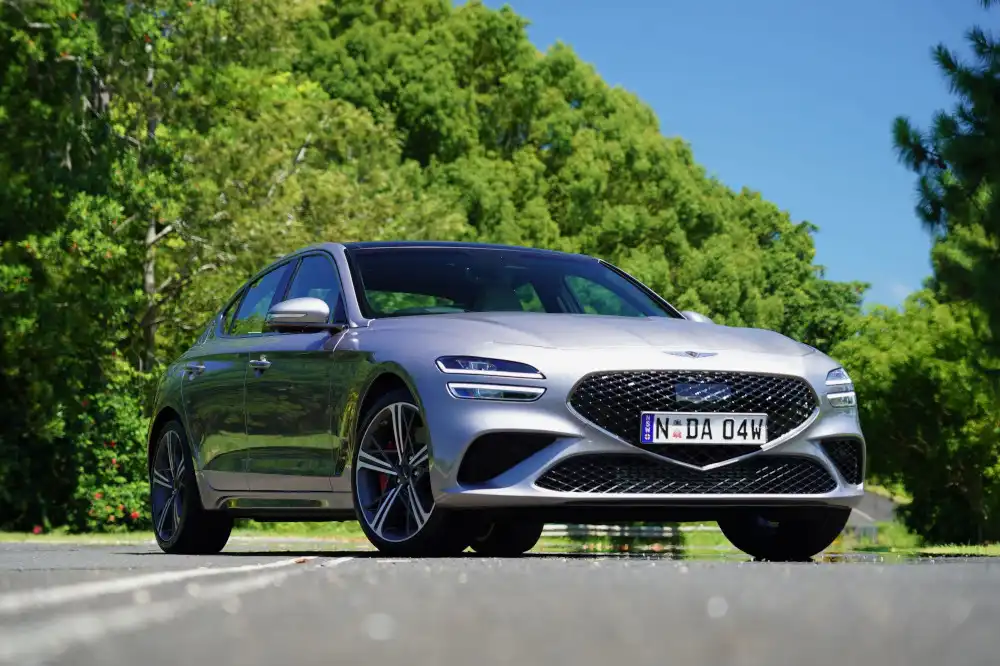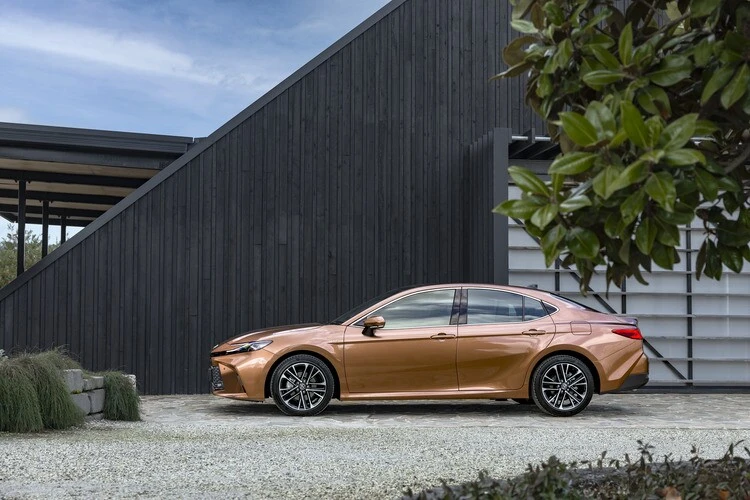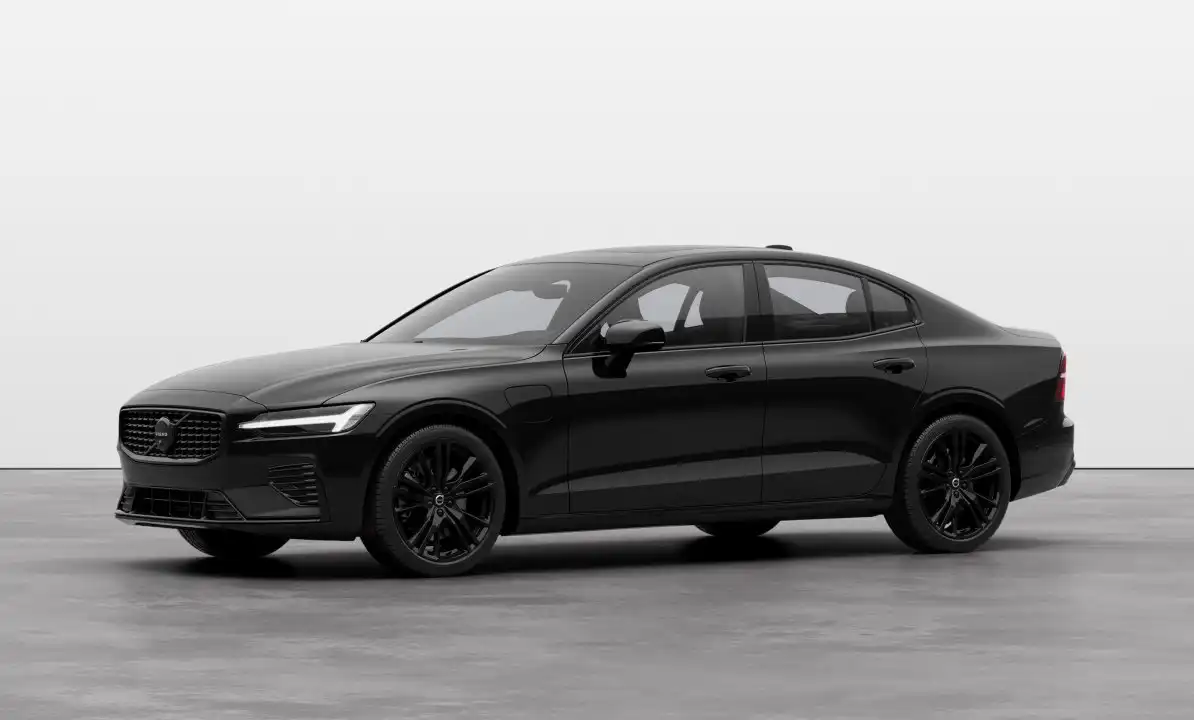46 BADGES AVAILABLE
LAND ROVER RANGE ROVER SPORTWhy choose OnlineAuto?
We take care of buying your car for you. We work with you to get a great deal on the car you want, delivered to your door, without all the annoying bits.
We won’t tell you what to buy, try and up sell accessories or convince you to buy something other than car of your dreams. Instead, we’ll take the time to listen to your needs and present you with all the facts for all of your options, taking a completely unbiased approach.
Then, we’ll serach for the best possible deals on the market to help you find the right car for your lifestyle, at a great price and heloing you save thousands.
Request a Quote
Sedan car reviews & news
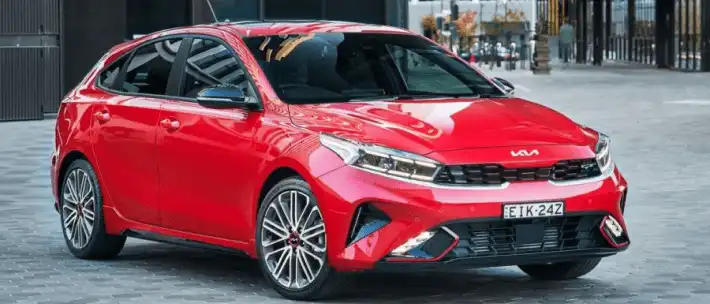
Hatchback vs Sedan: Which is Better?
If you’re tossing up options in the new car market, you might have wondered whether a hatchback or a sedan body shape is the better option, especially for family buyers where practicality is king.
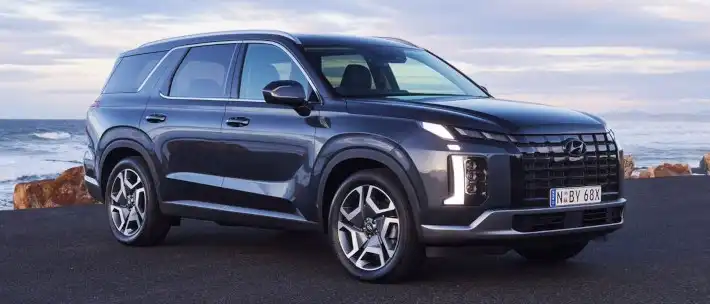
Top 10 Best Cars Under $80,000
In today’s landscape, you really don’t need to spend six figures to own your very own slice of the motoring good life.
Best Sedans Under $30k
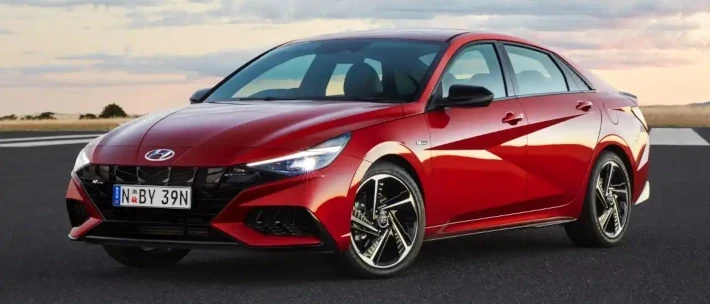
Body Type FAQs: Sedan
A Sedan is traditionally a four-door passenger vehicle with a fixed roof and a five-seat passenger section that is separate from the boot. Sedan cars are also referred to as a “Three-Box Body”. These three boxes are the engine, the passenger compartment, and the boot; all of which are separated from each other.
SUV stands for Sport-Utility-Vehicle, which means their body type is traditionally derived from the likes of a ute or utility van. Alternatively, a sedan is purely designed to be a passenger vehicle as opposed to a utility vehicle.
More specifically, Sedan cars have three compartments; the engine, the passenger compartments, and the boot. Alternatively, a SUV has two compartments; the engine and a combined passenger/boot section. This is because, unlike the two-row seating configuration in sedan cars, SUV’s can have a third row of seating which is often in the boot area.
SUVs are traditionally bigger cars with lower fuel efficiency but provide more utility for things such as loading it up with the five instruments and seven different sporting bags that you see in some family SUVs.
The predominant difference between a sedan and a coup is that a sedan generally has four doors while a coup only has two.
The other main differences come down to the size of the two body types. A sedan is a larger body that lends itself to a more practical family car that is built for comfort and long road trips with a car full of people. On the other hand, a coup is more of a performance design that is usually aligned with a sportier element due to its reduced size and weight.
Some of the most popular sedans on sale here in Australia include the Hyundai i30 Sedan, Mazda 3 Sedan, Toyota Corolla Sedan, Kia Cerato Sedan, Honda Civic Sedan, Audi A3 sedan, and the BMW 3 Series Sedan.


















